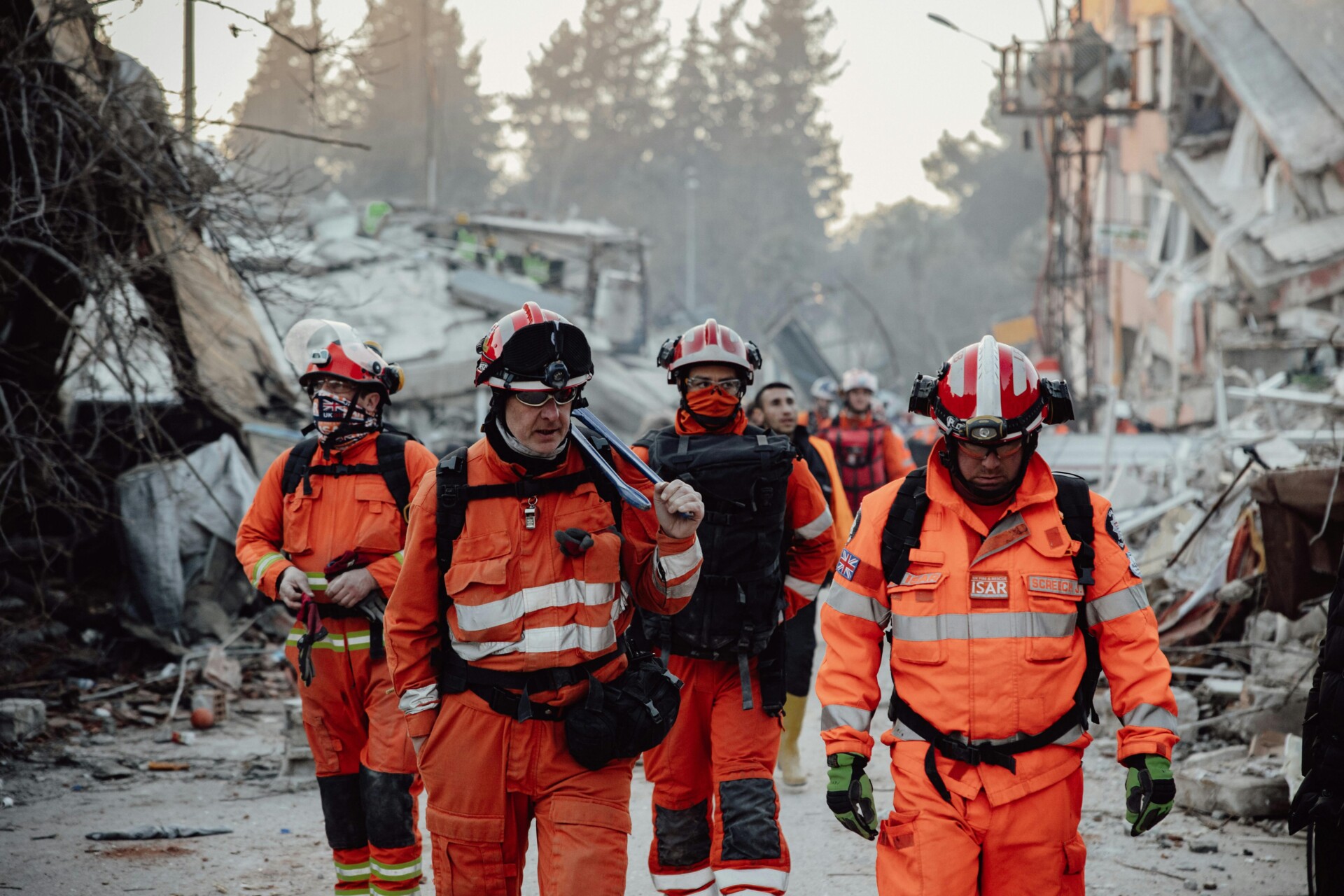
Does Climate Change Cause Earthquakes?
We are reader-supported. When you buy through links on our site, we may earn affiliate commission.
You learned in school that earthquakes come from deep below Earth’s crust, caused by tectonic shifts we can’t see or control. That’s still true. But did you know that what happens on our planet’s surface — melting ice, extreme rainfall, rising seas — could gently nudge seismic activity along?
The Link Between Climate and Seismic Stress
At their core, earthquakes happen when pressure builds along fault lines and then suddenly releases. But surface forces can also play a role. When massive loads like glaciers, snowpack or seawater shift or melt, they subtly change underground stress distribution.
The redistribution of this surface weight can either increase or decrease the stress on nearby fault lines, depending on the geological context. In areas where the Earth’s crust is already close to failing, even a slight shift in load — such as from heavy rainfall or seasonal snowmelt — can tip the balance.
These surface-induced stress changes may not be enough to cause massive earthquakes on their own, but they can trigger smaller tremors or advance the timing of seismic events. These subtle stress adjustments are becoming more frequent and significant as climate change accelerates the pace of glacial retreat and alters precipitation patterns.
Glacier Melting and Isostatic Rebound
Glacial melt is one of the clearest climate-related connections. When glaciers melt, they relieve tremendous weight from the Earth’s crust, which triggers an isostatic rebound — essentially, the land rising back up after being under pressure for so long.
Researchers found that melting Ice Age glaciers appears to have increased local seismic activity fivefold in Colorado’s Sangre de Cristo Mountains. Similar patterns have shown up in Alaska and along the Alps. If you live in or plan renewable projects in glacial regions, this is more than a scientific curiosity — it’s a real, measurable factor in long-term resilience.
Water Loads From Rain, Snow and Reservoirs
You might not expect rainfall or snow to trigger seismic shifts, but the evidence says otherwise. For example, MIT scientists found that heavy snowfall and rain increased underground pressure in Japan’s Noto Peninsula — enough to trigger a cluster of small earthquakes.
And it’s not just nature doing this. About 23% of human-made earthquakes relate to dams, where water seeps into underground cracks and increases pressure on fault lines. This added lubrication can push faults to slip, leading to seismic activity. In 1975, California’s Oroville Dam experienced a magnitude 5.7 earthquake, and the Hoover Dam recorded hundreds of small tremors in its early years. Most notably, the Zipingpu Reservoir in China likely contributed to the deadly 2008 Sichuan earthquake, which killed or displaced nearly 90,000 people.
Whether it’s natural precipitation or human-made reservoirs, water is more powerful than it looks. If you live near a dam or in a high-rainfall region, seismic risk is another reason to prioritize resilient design.
Glacier Calving and Glacial Earthquakes
When massive chunks of ice break off glaciers and crash into the ocean — a process called calving — it sometimes causes small to moderate earthquakes. These “glacial earthquakes” are becoming more frequent and intense as ice sheets melt faster each year. These events are mostly moderate, but they add to the picture of a world in which climate-induced surface changes interact with deeper geophysical systems.
Extreme Events and Landslides
Climate change also increases the frequency of extreme events like landslides, which can generate seismic activity. One dramatic example was in September 2023, when a massive landslide in Greenland — fueled by melting permafrost and glacier retreat — created a 200-meter tsunami and triggered global seismic waves that lasted nine days.
How Significant Is the Impact?
Now, you may wonder how serious all this is. Scientists usually measure climate-related changes like glacial melt or water buildup in kilopascals. By contrast, the unit of measurement for tectonic stress that causes earthquakes is megapascals. That means climate factors typically don’t cause large earthquakes, but they can push faults over the tipping point.
Still, researchers emphasize that climate-related changes are unfolding at an unprecedented pace. Recognizing these subtle influences is essential, especially when designing infrastructure that must remain safe and resilient for decades.
What Scientists Are Still Investigating
Scientists who explore the relationship between climate change and seismic activity want to determine whether these changes can influence the timing of catastrophic earthquakes.
There’s also growing interest in how these stress changes may affect volcanic systems. In areas like Alaska, Iceland and the Pacific Northwest, volcanoes and fault lines react to changes in surface pressure. Melting glaciers might also disturb magma chambers, raising the risk of eruptions.
Researchers are now advocating for more satellite and ground-based monitoring, which could someday allow better predictions of these climate-seismic interactions.
Implications for Sustainable Living and Renewable Infrastructure
If you’re passionate about building a greener future, climate-related seismic activity is another reason to approach infrastructure planning carefully. That includes where you site wind farms, hydroelectric plants and even community solar installations. Areas near coasts, glaciers or heavy rainfall zones may be more vulnerable to subtle seismic shifts than you realize.
Ground stabilization is a leading strategy for adapting to this challenge. As extreme rainfall and melting permafrost become more common, landslides and slope failures are also increasing, especially in mountainous areas. Techniques like soil nailing, which involves anchoring steel reinforcement bars into the ground to improve shear strength, can prevent landslides triggered by seismic activity. While this method doesn’t stop earthquakes, it offers an essential line of defense in vulnerable regions.
So, whether you’re a homeowner, community planner or renewable energy developer, don’t overlook seismic resilience. Think beyond weatherproofing — design for Earth movement, too.
A Subtle but Real Influence
Climate change doesn’t directly cause earthquakes, but it can shift the balance. Whether melting glaciers lighten the load on faults, rainfall adds pressure underground or sea-level rise affects coastal plates, these changes are not as disconnected as they seem.
Share on
Like what you read? Join other Environment.co readers!
Get the latest updates on our planet by subscribing to the Environment.co newsletter!
About the author

Jane Marsh
Starting from an early age, Jane Marsh loved all animals and became a budding environmentalist. Now, Jane works as the Editor-in-Chief of Environment.co where she covers topics related to climate policy, renewable energy, the food industry, and more.





